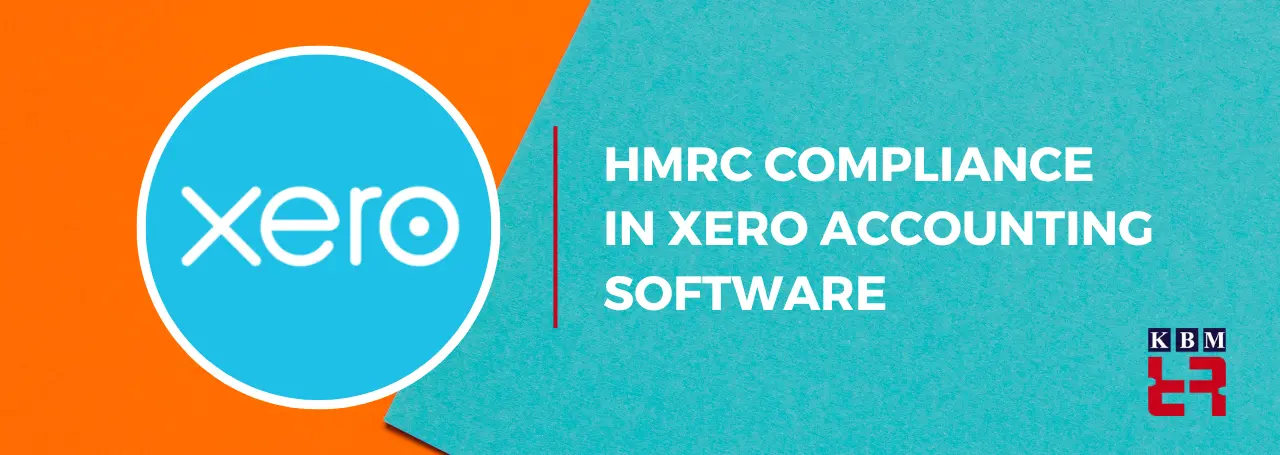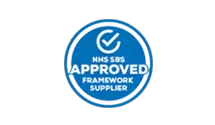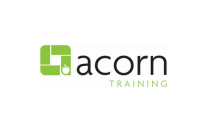Are you looking to understand HMRC compliance in Xero accounting software? Accounting can be intimidating and complex, especially when dealing with the UK's Her Majesty's Revenue and Customs (HMRC). However, Xero's powerful accounting software makes it easy to get to grips with HMRC compliance. This blog post will provide a step-by-step guide to learning HMRC compliance in Xero accounting software.
Setting up your account
Before you can begin using Xero for your bookkeeping and HMRC compliance, you'll need to set up your account. You can complete a relatively straightforward process in a few steps.
First, you'll need to sign up for a Xero account. It will involve entering your contact details, including your name, email address and phone number. You'll also be asked to provide information about your business, such as the company name, trading address and VAT number (if applicable).
Once your account is set up, you can enter your financial data into the software. Next, you must link your bank accounts and credit cards to Xero. You can do this by entering your online banking details, enabling Xero to import all your financial transactions automatically.
When your bank accounts are linked, you'll need to categorise your transactions. You can do this manually or use the software's automatic categorisation feature. It involves assigning each transaction to an appropriate category so that Xero can produce accurate reports.
Finally, consider taking Xero training. It can help you understand the software's features and functions and ensure you use it correctly for HMRC compliance. With the proper training, you can be sure that all of your tax returns are accurate and compliant with UK legislation.
Completing your tax return
It's essential to comply with the HMRC when filing your tax return in Xero accounting software. In this section, we'll cover how to complete your tax return.
Before you start, ensure you have all the documents and information needed for successful completion. This includes income details, outgoings, and other relevant data related to your business or personal finances.
When ready, open Xero and navigate to the 'Tax' tab. Here you will find several tax forms to complete, including a self-assessment form, corporation tax form, and VAT return. Once you've filled out each form accurately, you can submit them to the HMRC via Xero.
Xero also allows users to link their online banking to their Xero account. This makes it easier to view up-to-date financial data and record transactions accurately. With this integration, you can reconcile bank statements quickly and easily - saving time and avoiding errors regarding your tax return.
You may need extra help with bookkeeping and Xero training for more complicated returns. Look into courses and resources available online, or contact a professional accountant experienced in using Xero software. They can help ensure your taxes are accurate and up-to-date with HMRC requirements.
Filing your return
Once you have completed your tax return, you must file it with HMRC. You can do this directly through Xero or third-party software. The process is relatively straightforward if you are using Xero to file your return. It's important to note that filing your return is integral to keeping your business compliant with HMRC regulations.
Firstly, you must go to your dashboard's 'Tax Returns' tab and select 'File with HMRC'. You will then enter your HMRC credentials, and your tax return will fill automatically. If you are uncomfortable filing your return, you may use third-party software or seek professional bookkeeping advice from an accountant.
If you opt for the latter, make sure to find someone experienced in Xero training. It will ensure you get the most accurate and up-to-date advice when filing your tax return.
Making payments
Payments to HMRC need management promptly. Otherwise, interest and penalties may apply. With Xero, you can easily manage your payments, ensuring your business remains HMRC compliant.
Bookkeeping is critical to this process. It ensures all payments are up to date and that the amount you owe HMRC is accurately reflected. Setting up Xero will ask you to input all of your financial transactions, including invoices and payments.
When it's time to pay HMRC, you can do this quickly and securely through Xero. Enter the payment details (the amount, account, and payment type) and click "Make Payment." Xero will then send your payment to HMRC directly.
Xero also offers an auto-payment feature. It will enable you to automatically pay your VAT and other taxes when they become due without manually entering payment details. It helps you stay on top of your payments and avoid late penalties.
Overall, Xero makes managing payments to HMRC a breeze. With its bookkeeping features, secure payment methods, and auto-payment feature, you can easily keep up with your taxes and remain compliant with HMRC regulations.
Learning Xero software
Xero is industry-leading accounting software enabling businesses to manage their finances and bookkeeping tasks easily. It's an essential tool for HMRC compliance, but it's also important to understand the basics of Xero to ensure your tax returns are accurate and up to date.
First, you'll need to sign up for a Xero account. Once you've created an account, you can begin exploring the platform's various features, including bank reconciliation, invoicing, tracking expenses, and more. Additionally, you can set up a chart of accounts for your business to easily track your income and expenses.
Once you've become familiar with the platform, it's essential to understand how to use Xero for bookkeeping purposes. Xero offers a variety of features that can help you stay on top of your finances, such as setting up recurring transactions, managing payrolls, and tracking inventory.
It would help to familiarise yourself with the different reports available in Xero. Information such as balance sheets, profit & loss statements, and cash flow forecasts can help you make informed financial decisions for your business.
By learning Xero software, you can ensure that your business's bookkeeping is always in order and up to date with HMRC compliance requirements. With the right approach and dedication to learning the platform, you can ensure that your finances are well-managed and compliant with all regulations.






















